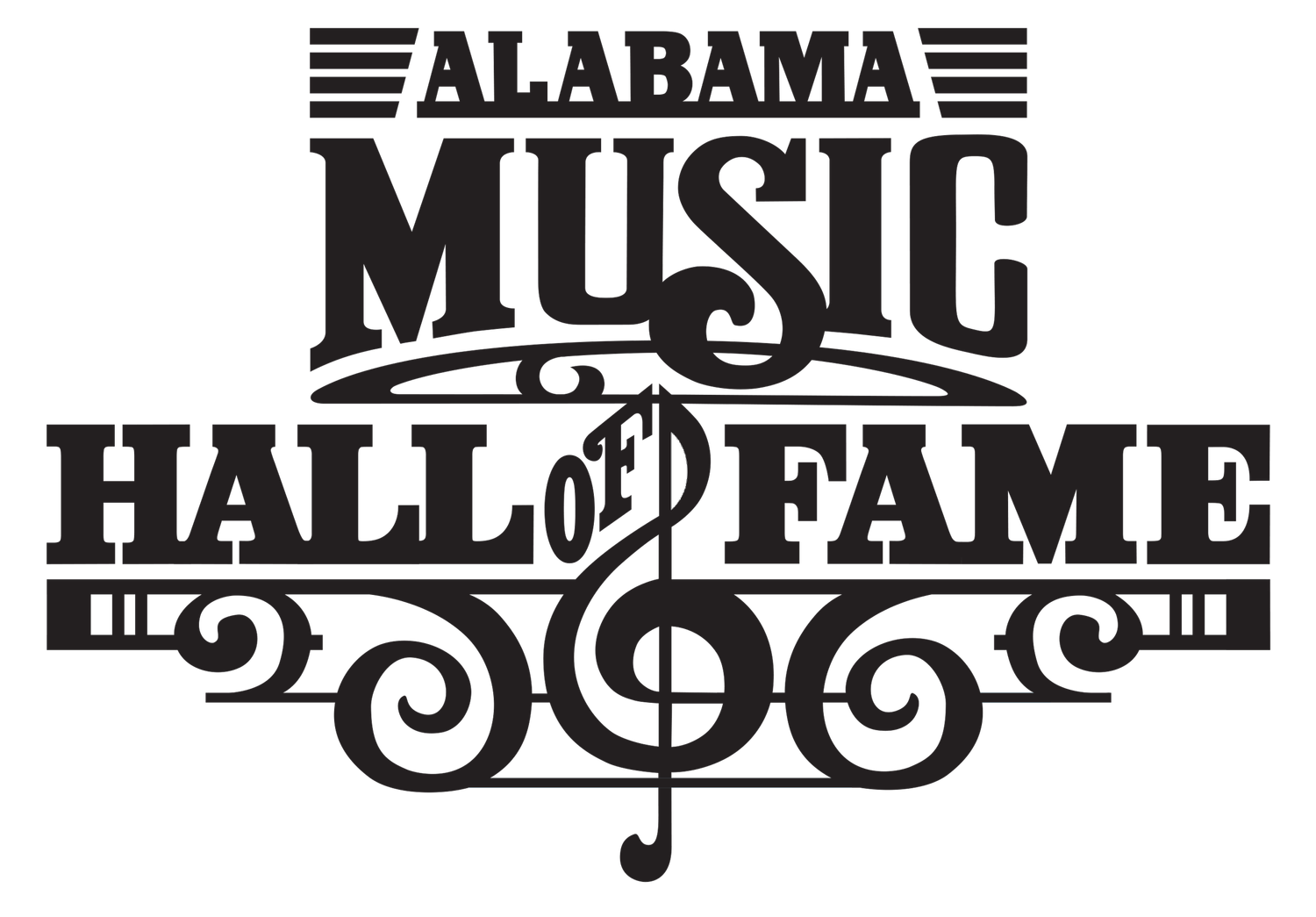William Levi Dawson
September 26, 1899 - May 4, 1990
1989 Inductee
African American composer, performer and music educator William Levi Dawson used the rich vitality of his musical heritage as a basis for all types of music, including arrangements of folk songs and original compositions.
At the age of thirteen, the Anniston native entered Tuskegee Institute, graduating with highest honors in 1921. Four years later, Dawson earned a bachelor of music degree from Horner Institute of Fine Arts in Kansas City, Missouri. He studied composition under Felix Borowski at the Chicago Musical College. He also studied under Adolph Weidig at the American Conservatory of Music, where he received a master of music degree in 1927.
Dawson’s musical apprenticeship in the band and orchestra at Tuskegee provided excellent professional preparation for his role as first trombonist with the Chicago Civic Orchestra from 1926 to 1930. Dawson won the Chicago Daily News contest for band directors in 1929, followed by the Wanamaker Contest prizes for the song “Jump Back, Honey, Jump Back” and the orchestral composition “Scherzo” the following year.
Dawson became director of the School of Music at Tuskegee in 1931. He conducted the institute’s 100-voice a cappella choir during a month’s engagement at the opening of the International Music Hall of Radio City, and in concerts at Carnegie Hall in New York City, the White House and Constitution Hall, both in Washington, D.C., and in a series of national and international radio broadcasts.
In 1934, under the sponsorship of the President of the United States and the State Department, the Tuskegee Choir made a concert tour of international and interracial good will to the British Isles, Europe and the Soviet Union. Leading music critics, both in America and abroad, greeted the choir with high praise.
Over the course of his career, Dawson earned wide-ranging experience as a director and consultant to festival groups. In 1956, Tuskegee Institute awarded him the honorary degree of Doctor of Music. He was even sent by the United States State Department to conduct various choral groups in Spain.
Although Dawson was well known for his popular choral arrangements, he achieved perhaps his greatest renown as a composer for Negro Folk Symphony, which was presented in its 1934 world premiere by the Philadelphia Symphony Orchestra, under the direction of Leopold Stokowski. In this work, Dawson used melodic and rhythmic language borrowed from Negro spirituals, along with original material composed in the same idiom. Dawson’s Negro Folk Symphony was hailed by the New York World Telegram for its “imagination, warmth, drama – (and) sumptuous orchestration.”
In its overall shape, and especially in its orchestration, Negro Folk Symphony falls into the late-Romantic tradition. The three movements of the symphony are entitled “The Bond of Africa,” “Hope in the Night” and “O, le’ me shine, shine like a Morning Star!” In 1952, Dawson visited seven countries in West Africa to study indigenous African music. After that experience, he revised Negro Folk Symphony, infusing it with a rhythmic foundation inspired by African influences. Stokowski recorded the symphony for Decca Records in 1961.
Dawson was guest conductor with the Kansas City Philharmonic Orchestra in 1966, the Nashville Symphony Orchestra in 1966, Michigan’s Wayne State University Glee Club in 1970 and the Baltimore Symphony Orchestra in 1975, when he was inducted into the Alabama Arts Hall of Fame in 1975. He was awarded honorary doctorates by Lincoln University in 1978 and Ithaca College in 1982. He received the Alabama Arts Award in 1980, and James G. Spady published William L. Dawson: A Umum Tribute the following year.
Dawson received the Alumni Merit Award from Tuskegee Institute in 1983, seven years before his death in Montgomery at the age of 90. His papers are on deposit in the Robert W. Woodruff Library at Emory University.


